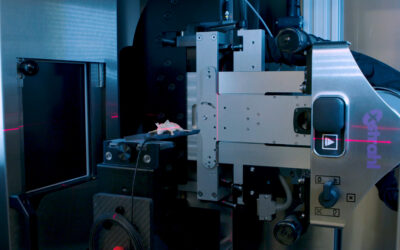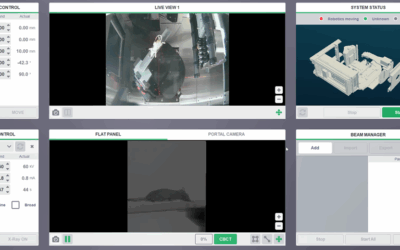The technical evolution of radiation therapy for brain cancer has improved both the efficacy of individual radiation treatments and patient safety. The advent of computed tomography (CT)-based planning marked an important initial shift toward target-directed treatment (1). Treatment planning accuracy was further increased by fusing CT planning images with positron emission tomography (PET) and magnetic resonance imaging (MRI) scans (2, 3). Additionally, cone beam CT images acquired before each fraction were added to compensate for any deviations from the simulation CT (4).
Joshua T. Dilworth, Sarah A. Krueger, George D. Wilson, Brian Marples
Download Paper
SPOTLIGHT: Behind the Beam: Tips, Tricks, and Translational Research from the Karolinska Institutet X-ray Irradiation Core Facility
Access the highly anticipated Xstrahl SPOTLIGHT Session, "Behind the Beam: Tips, Tricks, and Translational Research from the Karolinska Institutet X-ray Irradiation Core Facility," on demand now. This essential recording is a must-watch for radiation researchers and...







